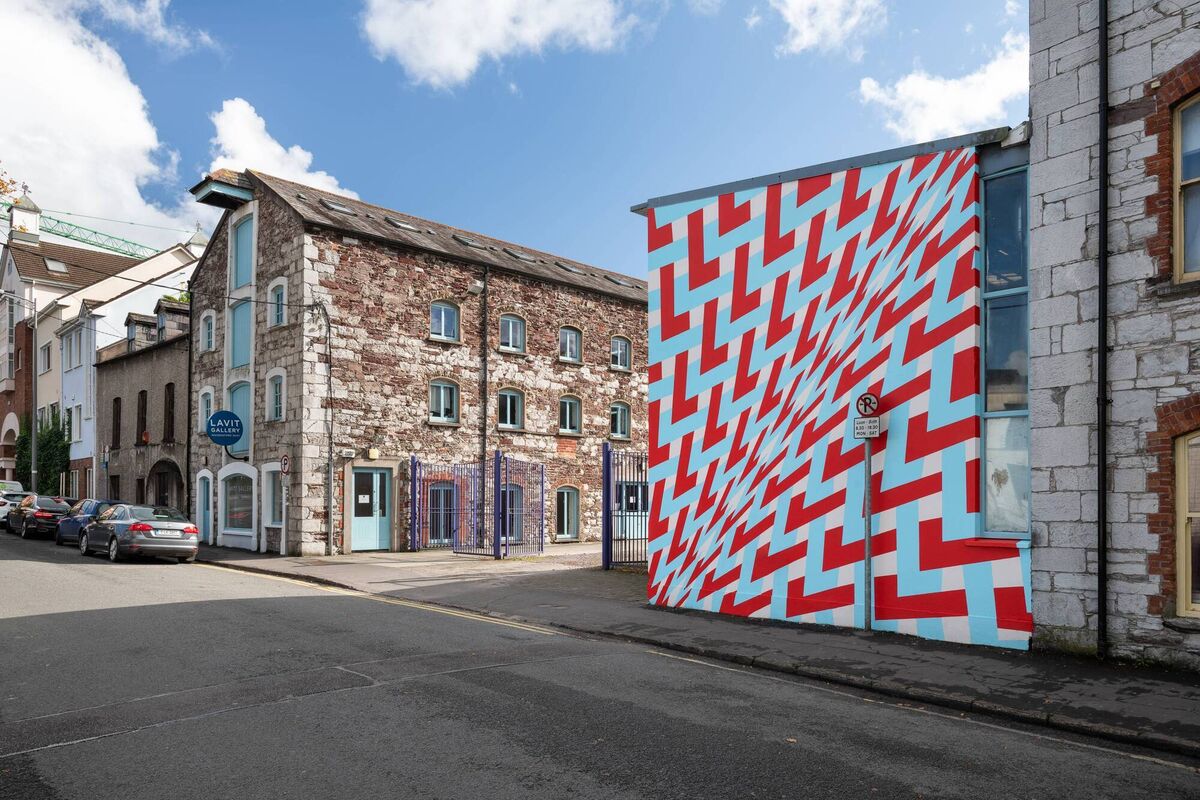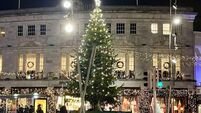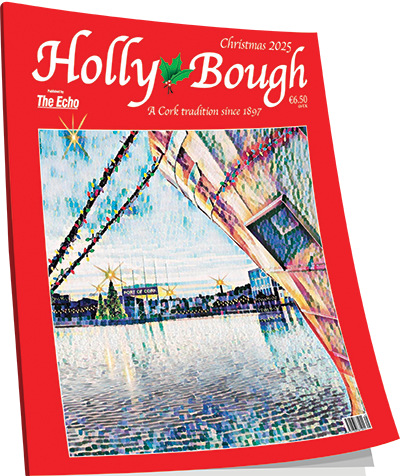Cork has a graffiti problem... and this is definitely NOT art

Umm… well, this is embarrassing. There I was thinking Cork was showcasing gorgeous restaurants, vibrant pedestrianised streets, our charming English Market, and imposing St Finbarr’s Cathedral, but the Vancouverian was clocking the mindless spurts of spray cans defacing facades, signposts, planters, gates, and gable ends.
Have a walk around town with your graffiti eyes open. A short stroll from one end to the other will offer up examples of the same repeat offenders, or taggers. ‘Chippy’, ‘Nestor’. ‘Evoke’, ‘Swifty’, ‘Tobes’, ‘TBCS’, or ‘TNWC’ sprayed on walls, street signs, phone boxes, corners of buildings, laneways, you name it.
The phone box right in the middle of Paul Street is a scribbled mess, the beautiful gateway to Elbow Lane next to the Oliver Plunkett entrance to Penney’s is ruined, the new yellow planters on the bike lane on South Mall have all been tagged, as has the bike storage shed opposite the Imperial Hotel.
I knew there was graffiti, but when my visitor pointed it out, I started seeing it EVERYWHERE!
I tried to dismiss it as a normal part of urban life, an acceptable subculture, an outlet for youth intent on cultural subversion, and then the letters E, D, S, K were spattered onto the side of CIT’s Crawford College of Art and Design on Grand Parade and I though, we can’t be having that.
This building, adjacent to the river, has been in use since the late 1600s. In the 1860s, it was remodelled and extended by Sir John Benson, the architect responsible for many signature buildings in Cork including, the Old Opera House, St Luke’s Church and the Berwick Fountain, It has been the location of a post office, a bank, a gentleman’s club and most recently, and paradoxically, an educational hub for art and design students.
It has now been bestowed with a truly modern piece of ‘art’ - four giant crooked blue letters outlined in red, like something you might doodle at the top of your notebook in a particularly boring class of double maths.
And what does ‘EDSK’ even mean? I am veering into serious, old fogey territory here complaining about ‘the youth of today’, but I need someone to explain to me the merit of those four letters when I just see them as an ugly blot on an otherwise beautiful building.
I won’t pretend to understand the nuances of styles and lettering and all that goes with graffiti subculture, there are people more sympathetic and literate than me who might see ‘EDSK’ tags as symbols of anti-establishment creativity, or might argue that outdoor pieces inject much-needed life and vitality into otherwise drab landscapes.
I just see pointless expenditure on litres and litres of Brilliant White Exterior Paint and scaffolding if the health and safety manager gets wind of the forthcoming paint job to undo this ‘piece’.

Graffiti is controversial because it is both a hugely influential global art movement and a global public nuisance.
Graffiti has influenced various forms of popular culture, from fashion and design to music and movies.
Cork is home to stunning works of commissioned, legitimate, and admired street art that light up our lives, and at the same time has become inured to mindless visual vandalism.
Murals like Deirdre Breen’s visual illusion on Wandesford Quay or Asbestos’ political piece about the housing crisis on South Main Street are appreciated forms of street art that enhance public spaces, while vandalism involves unauthorised markings on property.
The graffiti subculture often sparks debates about public space, property rights, and art’s role in society, and opinions vary whether graffiti is a valid form of art or simply vandalism.
There are a range of approaches needed to clean up the city and prevent the graffiti problem from worsening.
Engagement with communities and business owners to create a sense of community and pride in the city is key - when people feel connected to their environment, they are more likely to discourage vandalism.
More designated spaces and artistic opportunities for graffiti enthusiasts is clearly needed. Creating legal avenues for street artists to express themselves and improve is critical. Working with local artists to create murals and other forms of wanted public art could help transform the city.
Clamping down on graffiti is important. Walls that are tagged in the dead of night should not become invitations to other taggers the following night.
Don’t wait for someone else to solve the problem. A member of my family, who works in the city centre, has bought graffiti removal spray and has taken to removing freshly sprayed tags as soon as he sees them. The spray is cheap and can undo the furtive night’s work of a tagger in under ten minutes.
Some might argue that cleaning up a wall only creates a fresh canvas and invites further tagging, but if we applied that logic to litter - ‘no point picking that up, it’ll be dirty again tomorrow’ - we’d be sloshing around in empty crisp packets and cigarette butts.
Cork is our ‘beautiful city’, when it comes to graffiti vandalism, let’s all say ‘we’re not having that’.







 App?
App?







